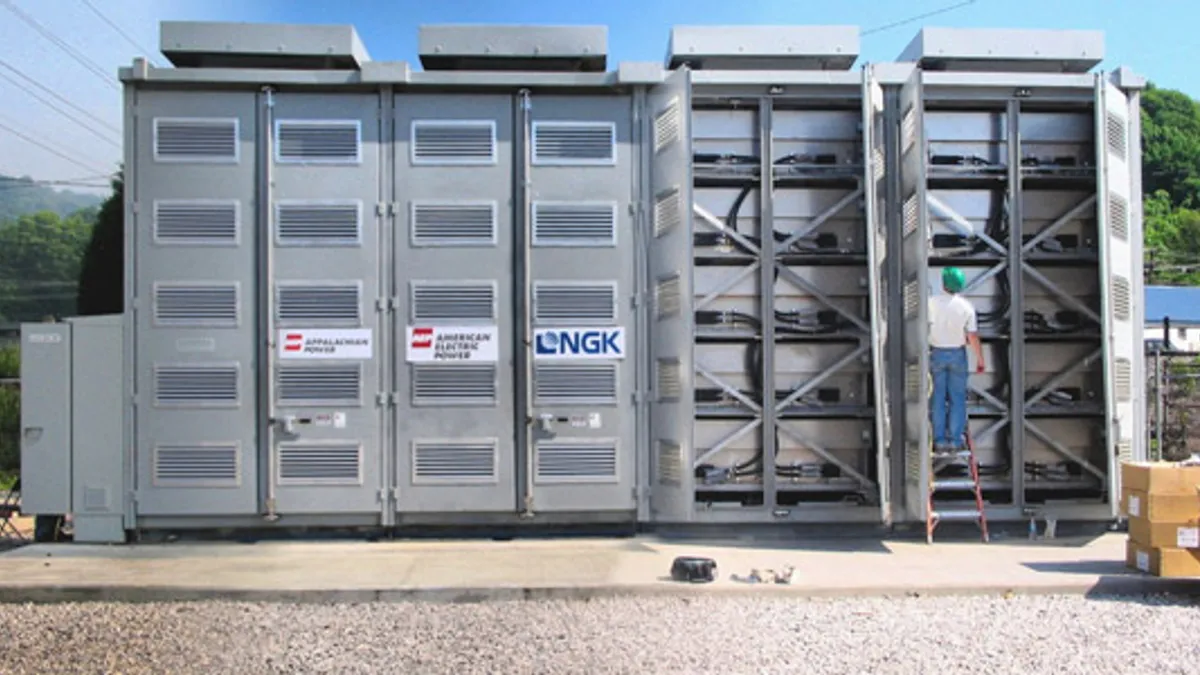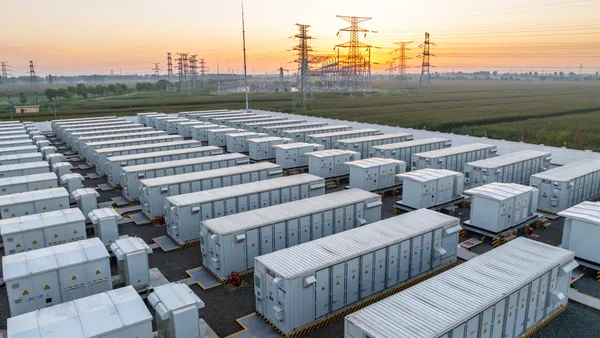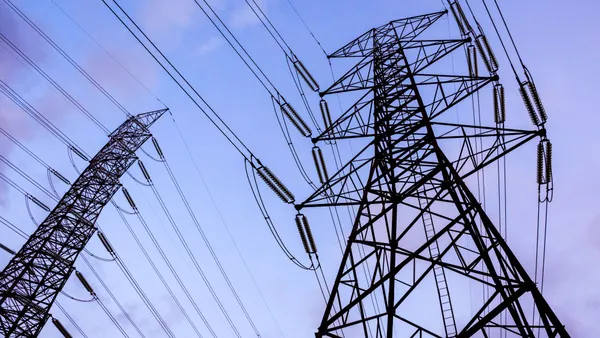Dive Brief:
- Pacific Gas and Electric (PG&E) procured the first 75 MW of energy storage toward the 580 MW mandate imposed on it by California’s AB 2514. The seven projects will start coming online in May 2017.
- In the procurement, PG&E contracted for four lithium-ion battery installations accounting for 42 MW, two zinc-air battery installations accounting for 13 MW, and a 20 MW flywheel installation fills out the 75 MW.
- The California Public Utilities Commission (CPUC) Energy Storage Decision requires the state’s three dominant investor-owned utilities to bring a cumulative 1,325 MW of energy storage online by 2020.
Dive Insight:
Hecate Energy won two 1 MW lithium-ion battery contracts and a 10 MW lithium-ion battery contract from PG&E. NextEra Energy got a 30 MW lithium-ion battery contract. One zinc-air battery contract for 10 MW went to Western Grid and the other, for 3 MW, went to Convergent. The 20 MW flywheel installation will be done by Amber Kinetics.
Energy storage will play an increasingly important role in system reliability as PG&E’s nearly 30% renewables penetration grows toward the 50% mandated by law for California utilities by 2030.
PG&E earlier launched the 2 MW Battery Storage Pliot at its Vacaville Substation and the 4 MW Yerba Buena Battery Energy Storage System at storage provider HGST's property.
After four years of operating the Vacaville sodium sulfur battery system, PG&E learned it could not compete profitably in the California Independent System Operator (ISO) day-ahead market, but was successful in competing in the ISO’s frequency regulation market, according to Manager Steven Ng. And the automated control system PG&E expects to be using by the end of 2015 should make competing in the ISO’s real-time electricity market possible.
Last year's landmark purchase of 264 MW of storage from Southern California Edison was the first made under the guidance of AB 2514. It was the first time the utility compared storage technologies with traditional generation options, according to SCE President Pedro Pizarro, and included batteries in front and behind the meter, as well as ice storage and other technologies.














